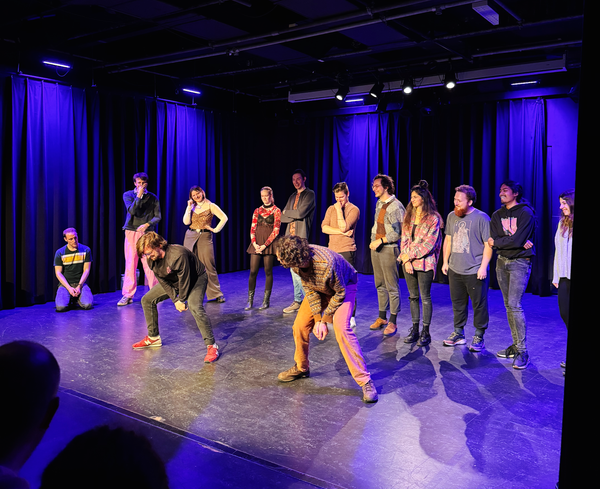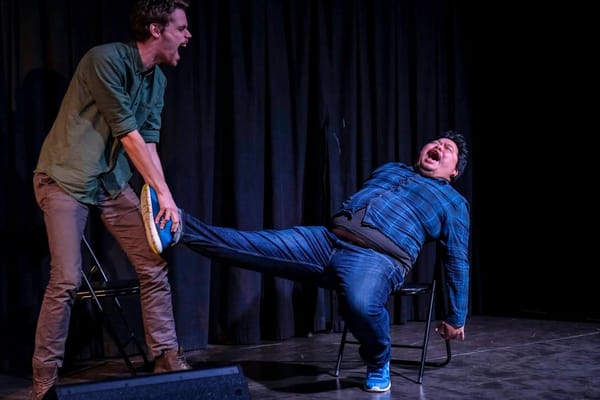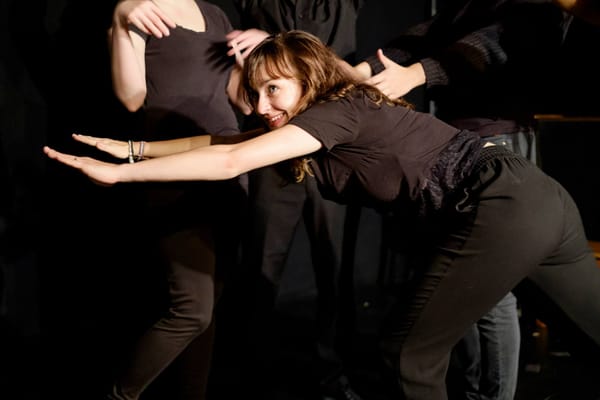As Shakespeare once wrote, all men and women "have their exits and their entrances". Here's why the monoscene is perfect for a certain kind of comedy.
When I was twenty years old, I toured with a show called The Pirates are Coming, which was officially an operetta but really a farce: it was a parody on many pirate stories and both lampooned and honored Gilbert & Sullivan in the process. At the same time, to fill up my remaining days, I was a stagehand in a sister production of the same company which was a farce without the musical elements. So for one year, I had a full-time masterclass in what it took to create a proper farce both on stage and behind the scenes, and both of these productions had one other thing in common: they were monoscenes.
To quickly get the definitions out of the way: the dictionary defines a farce as a light dramatic composition marked by broadly satirical comedy and improbable plot. Meanwhile, a monoscene is an improv form that takes place in a single location over a single span of time.
Both of the productions I was involved in had their set locations, respectively the bridge of a pirate ship and an office, and never deviated from it. Instead, a rotating cast slammed doors, opened hatches and climbed out windows to keep the comedy moving as an increasing number of misunderstandings in the story caused everything to spiral out of control.
Confusion is a classic escalation method in comedy, but it only works if the story is crystal clear. To understand exactly why characters misunderstand a situation or relationship, we need the scenario to be very simple, especially because these misunderstandings will pile up. There's a few things you need to keep the comedy moving.
Firstly, an improbable situation: just finding something basic but giving it a little twist is enough to set things in motion. It needs to have the potential to spiral out of control. For the characters, whatever is happening needs to be high stakes: they need to be very invested in what's happening to drive up the energy, which in turn fuels the slapstick comedy, brings up the pace, and can create some real (and often funny) emotion. But these high stakes also need to have low consequences in general: the audience needs to laugh without feeling too much tension, which allows the farce to add even more misunderstandings and preserve the comedy for longer.
Just like in a solid improv scene, characters need clear motivations to survive the chaos and provide an anchor for the audience. Consistency is really important here: it could be as simple as hiding a mistake or winning someone's affection, which could result in a case of mistaken identity or a misinterpretation of something important. Finally, the cumulative chaos should build in such a way that it results in a frenzied climax where the whole thing collapses until we're left with the truth.
Applying the template of a farce to a monoscene solves a bunch of that format's inherent challenges. Rhythm is an obvious one: without access to cuts, time-jumps or any other montage, players have to discover the rhythm in the story itself, which means you have to be playing and editing at the same time, and there are no real short-cuts since you're stuck in a time and place. But the escalation built into a farce solves this problem by defining clear steps: create characters with clear motivations, start off the show with a twist that can enable the chaos, pile up the misunderstandings as the players make use of every entrance and exit they can find, escalate to a fever pitch, resolve by telling the truth.
This also solves another problem often inherent to monoscenes, which is possible aimlessness resulting in a lack of crescendo. Of course audiences crave a solid ending, and of course endings can be quiet, reflective, or symmetrical. But it's difficult for players to find something truly organic: I've sometimes seen groups reach for a kind of symmetrical ending that upon reflection isn't really consistent with what we've seen before – they put the plot in a chokehold to force out something that superficially seems satisfying. But farces are so clearly defined in their structure, honed from a long journey all the way back from Greek comedy, that it almost mandates an ending filled with callbacks that feel organic. That moment of truth in the finale has the bonus of always needing characters (or a single character) to explain the plot again to straighten out all misunderstandings in a way that's gratifying for the audience, but, in the case of an improvised monoscene, also shows how much the players have been paying attention.
As an example, I played a show with Gary members Jelle and Chandler called Grown Men that started with the audience suggesting the location of a hospital. In the opening scene, we established that all three of us were night shift doctors in an underfunded hospital that couldn't afford any other staff this time of night. I was the new doctor trying to keep up with the two veterans, and at the end of the first scene I'm told to check on a patient. While administering some medication, the EKG monitor suddenly starts beeping and the patient flatlines (sound effects kindly provided by the other actors off stage). I think I just killed a patient, and in the third scene I go back to the doctors to tell them. Of course, the other actors realize we're playing a farce which means there's no way I can tell the truth until the end of the show. Therefore, before I even get a chance to talk, they start to chat about another doctor who was fired from the hospital and never recovered. He's an alcoholic, his wife left him, he spends his nights underneath a bridge, and they have a little fun with it until they've described the saddest man in the world. Then they turn to me: everything alright with the patient? Yeah. Sure. Everything's alright.
From there on, the misunderstandings start to pile up. But readers might be picking up on the fact that we deviated from a farce in one major way: this is a high stakes situation for my character, but it also has an important outcome – someone died. This doesn't quite gel with the low consequence template set out earlier in the article, but Chandler was there to save the day. After an hour of frenzied cover-ups where half the hospital is set on fire, we finally come to the moment where my character has to reveal the truth, only for Chandler's character to reveal the doctors love to play a prank on their new colleagues by disconnecting the EKG during check-ups. Low consequence reestablished: no lives were lost, though a lot of material damage was done. The audience laughs at the reveal, cut the lights, close the curtains. The farce is a perfect comedic structure. So if you find yourself playing a monoscene, you could consider it next time you need a template.








Member discussion